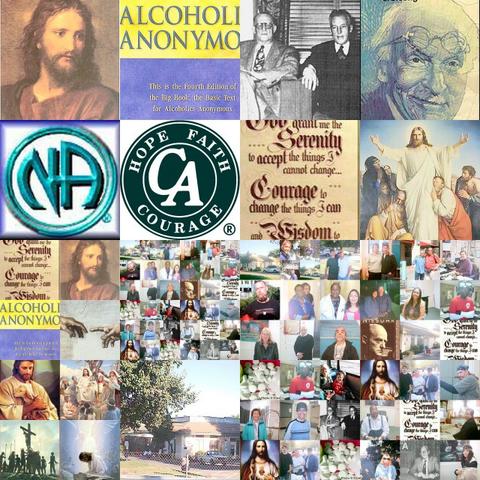By C.W. Nevius
Tuesday, May 6, 2008
Whenever a plan for new housing or facilities comes up in San Francisco
But not this time. The Salvation Army is putting the finishing touches on a remarkable 135,380-square-foot housing and community center, which will offer a huge gymnasium, pool, workout facility, game room, rock-climbing wall and even a dance studio for the use of Tenderloin kids and residents. Next to it is Railton Place
The entire facility, which will be dedicated on June 27, is at 240 Turk St
"We hope to be an island in a sea of shark-infested waters," said Maj. George Rocheleau, a Salvation Army officer who will be running the community center. "Don't mean to sound so dramatic, but I think the analogy is appropriate based on the reality of this at times being a very dangerous neighborhood."
Dangerous at times? No offense to the major, but that might be a little optimistic. Strolling up Turk Street
In such an environment, the idea of creating a secure, supervised play and learning facility is too attractive to quibble about. Even influential activists like Randy Shaw - who, as the head of the Tenderloin Housing Clinic, opposed some proposed developments in the area - praises the project.
"It is a very, very, very positive development," Shaw said. "Do you know how long we've been saying we need a facility like this?"
So is this the beginning of a new age of cooperation and camaraderie in the Tenderloin?
Probably not. As promising as the Salvation Army project is, there are some significant reasons why it sailed through the often-rocky process unscathed.
"It is still a slow process," said Don Falk, executive director of the Tenderloin Neighborhood Development Association, a nonprofit group that works to provide affordable housing. "But I don't have any doubt that theirs was faster than others."
There are several reasons. The Salvation Army already owned the land, for one, bypassing a land-buying process that can take a year or more, Falk said. Also, the organization has a proven track record of running programs and took the time to meeting with neighborhood groups early in the planning.
Oh, and several million dollars of private money didn't hurt.
The $57 million community center and housing unit was made possible by a gift from the late McDonald's heir Joan Kroc. Kroc, who died of brain cancer in 2003, arranged to donate about $1.5 billion to the Salvation Army to build community centers across the country. The first was in her hometown, San Diego San Francisco
In San Francisco
"Public money is highly scrutinized," Falk said. "For example, a private developer can basically make a phone call and hire an architect. If we hire an architect in 90 days, we're doing it fast."
As for the housing component, Falk said the project benefited from the neighborhood's diversity. The 110-unit Railton Place
Falk said concentrating so many people with such problems in a single facility would create a huge outcry in most neighborhoods.
"Here, these are just our folks," he said.
An important component of Railton Place
Sounds pretty good doesn't it?
"All things taken together," said David Seward, chief financial officer of nearby UC Hastings College of the Law, "it is clearly a great project."
So everyone is happy, right? Not entirely. Shaw says this is nice, but thinks the media and the public will continue to focus on what he thinks is a mistaken impression of the neighborhood.
"If something good happens in the Tenderloin, no one even knows about it," Shaw said. "Murders are the big thing in the Tenderloin."
So much for the new era of goodwill.
= = = = = = = = = = = = = = = = = =
This article appeared on page B - 1 of the San Francisco Chronicle
+++++
Tenderloin long needed Salvation Army center
Construction continues on the Salvation Army's community and housing center in the Tenderloin. Photo by Noah Berger, special to the Chronicle
Construction continues on the Salvation Army's community and housing center in the Tenderloin. Photo by Noah Berger, special to the Chronicle

Tenderloin long needed Salvation Army center
Salvation Army Major George Rocheleau checks progress on the gymnasium. Photo by Noah Berger, special to the Chronicle
Salvation Army Major George Rocheleau checks progress on the gymnasium. Photo by Noah Berger, special to the Chronicle

Tenderloin long needed Salvation Army center
A worker installing dance studio flooring in the Salvation Army's new center pauses to look out the windows. Photo by Noah Berger.
A worker installing dance studio flooring in the Salvation Army's new center pauses to look out the windows. Photo by Noah Berger.

c/s

No comments:
Post a Comment
Please give feedback with respect!